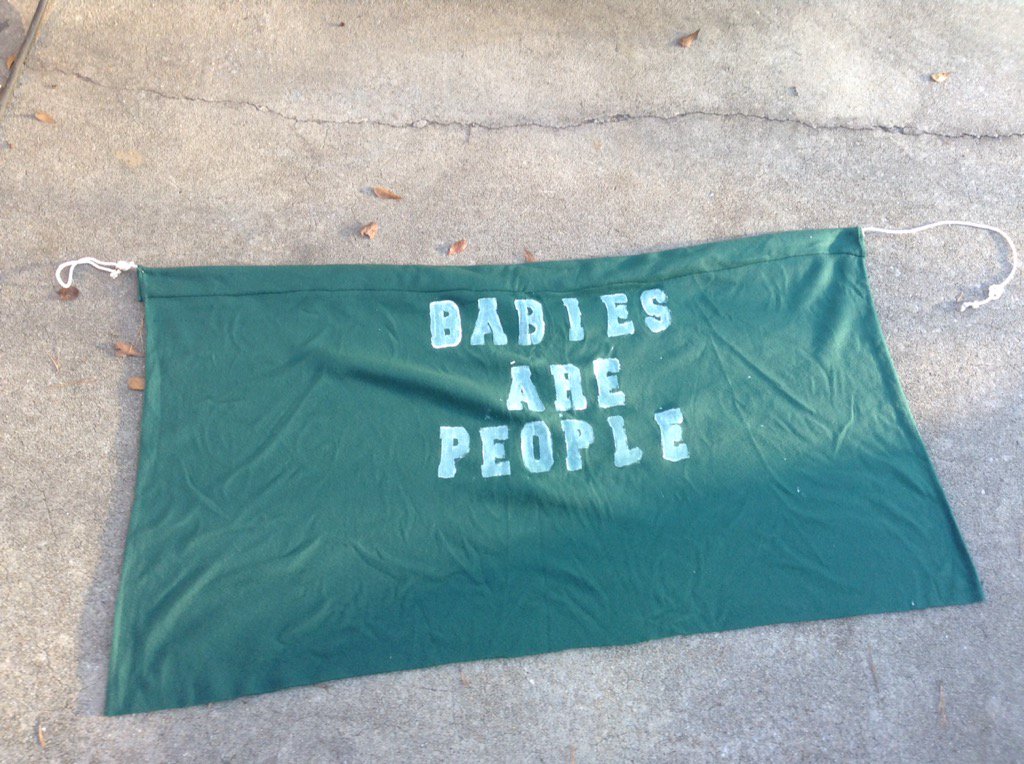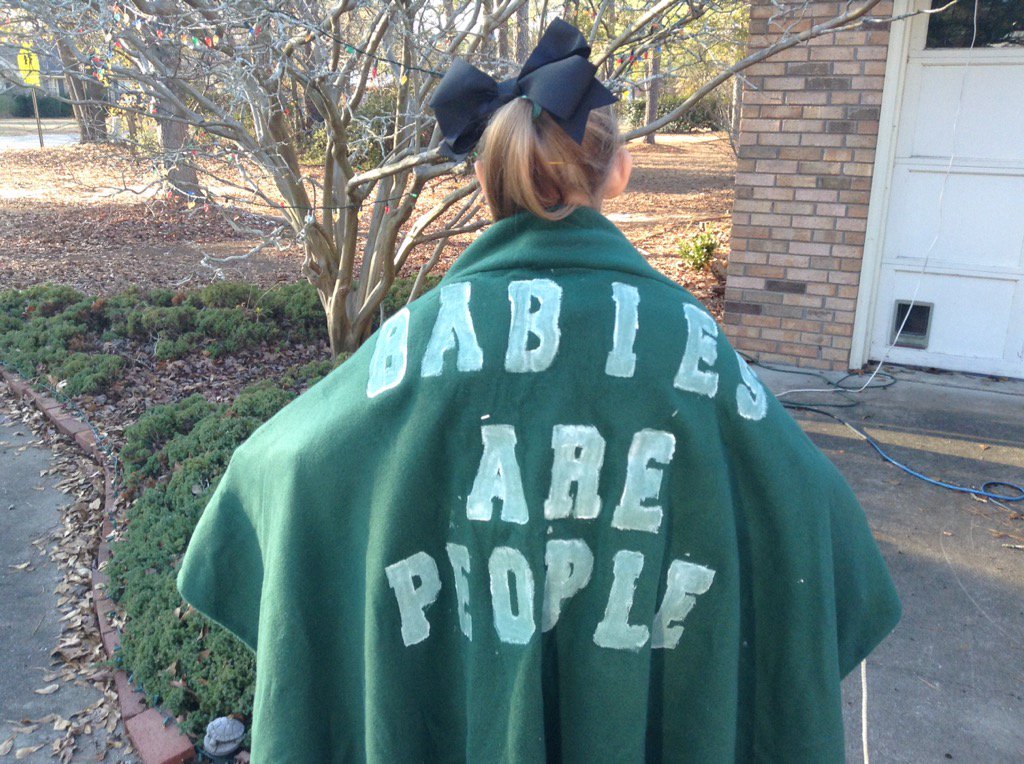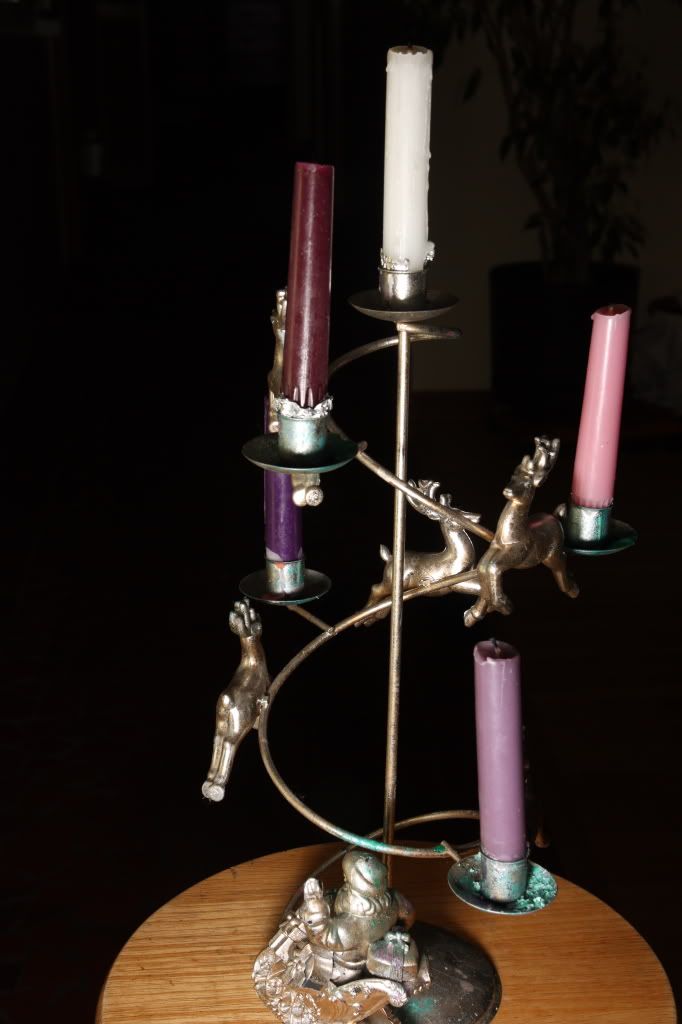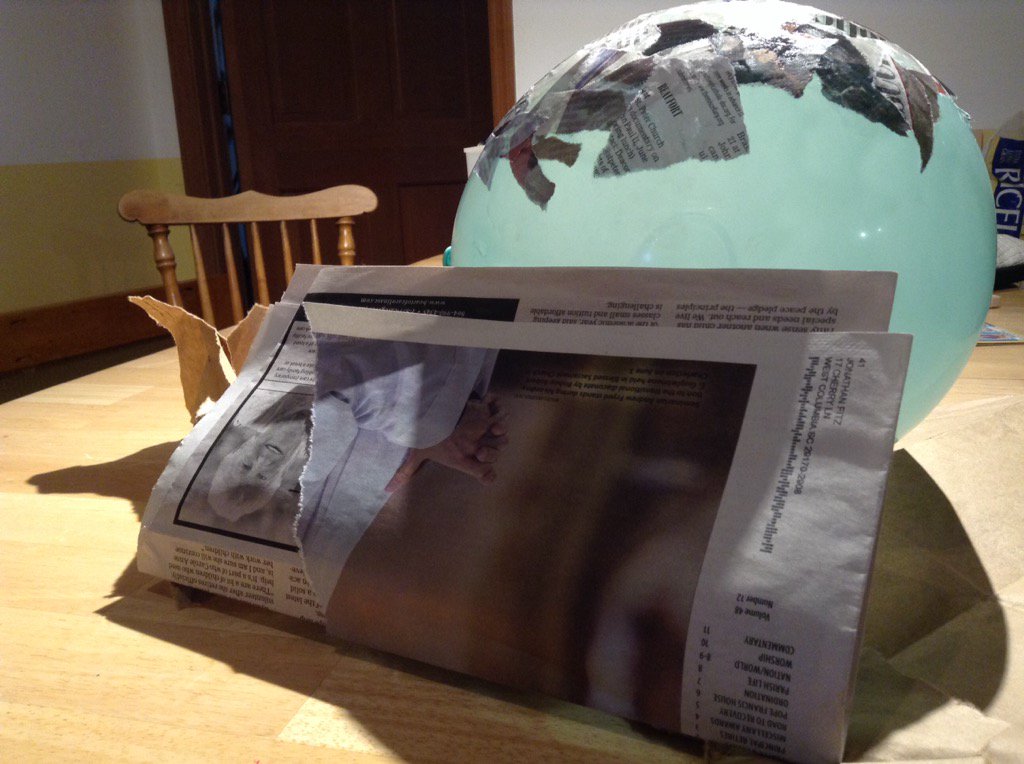Among conservative Catholic Republicans on Facebook, there’s a meme being passed around that keeps ending up in front of people like myself and Scott Eric Alt, though neither of us can possibly be the intended target. The argument is that the popularity of novels such as 50 Shades of Grey proves that women don’t, in fact, object to Donald Trump’s lewd behavior; any objections are political calculus.
Rebecca Bratten Weiss responds to another variation — same argument, different famous incident:
“But Bill Clinton…”
Oh yes. And I opposed him, and criticized him, at the time. Anyone else who did so must, in order to be morally consistent, do likewise with Trump. If you don’t, it just sends a message that you never really cared about sexual abuse of women, but were just appropriating morality in order to make your opposing team look bad.
Before my next sentence, let me reiterate: I do not think you should vote for Donald Trump.
Next sentence: There is some validity to the observation that Donald Trump’s lewd behavior is indeed representative of the American public at large. I said so here. This is a representative democracy, and our two candidates do in fact represent America.
Dear friends, if Hilary Clinton or Donald Trump represents you? You can change that.
You can’t change the candidates, but you can change yourself. You don’t have to be a person who winks at sin. You don’t have to be a person who creates convoluted defenses of BDSM. You don’t have to be that person who justifies exposing kids to porn.
You can stop that now. You do not have to be enslaved to the person you were yesterday.
***
Pro-life friends, another minute of politics: When people give sorry mealy-mouthed justifications for voting for a pro-abortion candidate by explaining that solving poverty or immigration or global warming will somehow fix abortion, those people are dangerously deluding themselves. There exists a hierarchy of priorities, and cold-blooded murder is a far graver and more pressing issue than good roads or good tax policy. When someone says I don’t like abortion but I’m voting for the person who advocates tirelessly for abortion, what I hear is: Actually, I’m fine with abortion.
I understand, therefore, the Republican Impulse.
I have grave reservations about Donald Trump’s sincerity on pro-life issues, however, because his life is one long series of promotions of the actual, real-live causes of abortion.
Food stamps don’t cause abortion. Adultery? That causes abortion.
***
Quick aside on modesty.
When people like me talk about “modesty” we tend to hit a few topics related to girls’ clothing. That matters, of course. But for those who are trying to get their heads around about what immodesty looks like in someone who is neither female nor scantily-clad, Donald Trump is the poster boy. He models immodesty not just with regards to sexuality, but also with regards to wealth, power, and personal accomplishments.
It is easy to excuse his unseemly boastfulness by saying that he needs to prove his leadership potential or share his legitimate accomplishments with voters. Not so. It is possible to communicate one’s ability to lead without behaving immodestly.
Below in the links I include some examples of SC’s governor Nikki Haley in action, for other reasons. But in her hurricane Matthew press conferences, she’s a vivid example of the counterpoint: A leader who is both a strong, decisive, competent leader, but who also conducts herself with modesty.
***
Link Round-up. Here are all kinds of loosely related links. At the bottom are a few of mine, but first here’s the pile I extracted from my reading list.
Timothy Scott Reeves, an evangelical Anglican philosopher with strong ortho-catholic leanings writes on our tendency to rely on chariots and horses instead of trusting in the Lord.
Simcha Fisher has an excellent piece on why consent alone is not sufficient.
Nathaniel Peters at Public Discourse writes:
Many young conservatives have been disheartened to see the leaders of their movement endorse Donald Trump. I am one of the disheartened ones. Let me explain what these leaders taught me and why their endorsement of Trump betrays those principles.
Faithfully Catholic, orthodox, conservative Katie O’Keefe catalogs her series of encounters with so called “locker-room talk” sexual abuse, and how she learned from an early age that protesting was futile:
5 years old – In my own backyard. I was stopped by a man in a car in the alley behind my house who showed me “what (he had) in his pants” and then offered me the opportunity to put my mouth on it. I declined but never told anyone because I had no idea that it was anything but just gross. . . .
12 years old – On my paper route, I was collecting for the monthly bill. An old man who had been very kindly toward me and had several grandchildren that he looked after, grabbed my breasts (which were more impressive than they were when I was 8) and humped me. He told me I was a good girl and he’d take good care of me. I quit carrying papers that month. I never told anyone because I figured that no one would believe me. . . .
Father Longenecker has sensible, hard-nosed advice on what to do after the elections, which promise us four years of disaster no matter what.
And here is a short, heartening story on seminarians already following that advice.
Erin Arlinghaus writes about:
Mary Pezzulo writes about the bad news for feminism that will come with the election of our first female president.
To which end, here’s a refreshing antidote: Watch a conservative, pro-life female governor in action, successfully managing a natural disaster. I don’t know how long the SCETV archives will be up, so here’s a link to the governor’s YouTube channel where you can find most of the videos.
(Tip: If you skim ahead to the Q&A’s with the whole executive branch team, a few of the press conferences contain striking examples of the linguistic diversity among educated, standard-English speaking southerners. And that’s just a beginning. Armchair linguists, this place is a treasure trove.)
Here’s Meg Hunter-Kilmer saying what many of us are saying:
A friend of mine attempted to defend Trump by pointing to his daughter’s respect for him and saying that he must be a good father. I don’t care what she says. I don’t care how marvelous he was every single time he was with her. Owning strip clubs makes you a bad father. Being a serial adulterer makes you a bad father. Treating women like objects for your sexual gratification makes you a bad father. And it will make him a bad president.
To round out the reading, from a man who’s no slouch on Catholic faithfulness, Archbishop Chaput shares his thoughts on faithful citizenship:
But 2016 is a year in which two prominent Catholics – a sitting vice president, and the next vice presidential nominee of his party — both seem to publicly ignore or invent the content of their Catholic faith as they go along. And meanwhile, both candidates for the nation’s top residence, the White House, have astonishing flaws.
This is depressing and liberating at the same time. Depressing, because it’s proof of how polarized the nation has become. Liberating, because for the honest voter, it’s much easier this year to ignore the routine tribal loyalty chants of both the Democratic and Republican camps. I’ve been a registered independent for a long time and never more happily so than in this election season. Both major candidates are – what’s the right word? so problematic – that neither is clearly better than the other.
And finally, a few links from my own archives:
Adultery is Not the Only Option: Five Things You Can Do to Keep Your Vows Intact
Here’s a patron saint for those who’ve fallen for the idea that Catholics need to be all sophisticated and cosmopolitan.
And to close, here’s my report from the field on how our Trump-Clinton society plays out among middle schoolers. In Sexual Bravado vs. Sexual Maturity, I share some of the real-world evidence parents like to ignore, then discuss the underlying issue:
In our popular culture, sex-status is the big thing. The kids have learned from their parents that the purpose of sex is to gratify one’s desires, and that a girl’s worth is measured in sexiness. The kids have adopted that philosophy wholesale. . . .
. . . Why is there such a market for teenage girls in a sleepy Bible Belt town, to the point that pimps are willing to risk kidnapping charges and worse in order to abduct upper class girls and sell them locally?
You can almost hear the eighth grade boys scoffing at those pathetic men who have to pay for what they can get the girls to give them for free.
There is no magic remedy that will guarantee your teens will live chastely and stay out of harm’s way. But you can be certain that if your understanding of human sexuality is all about the quest for gratification and sexual status, your children are going to learn that from you.

Photo Collage by DonkeyHotey (New York Primary 2016) [CC BY-SA 2.0], via Wikimedia Commons











